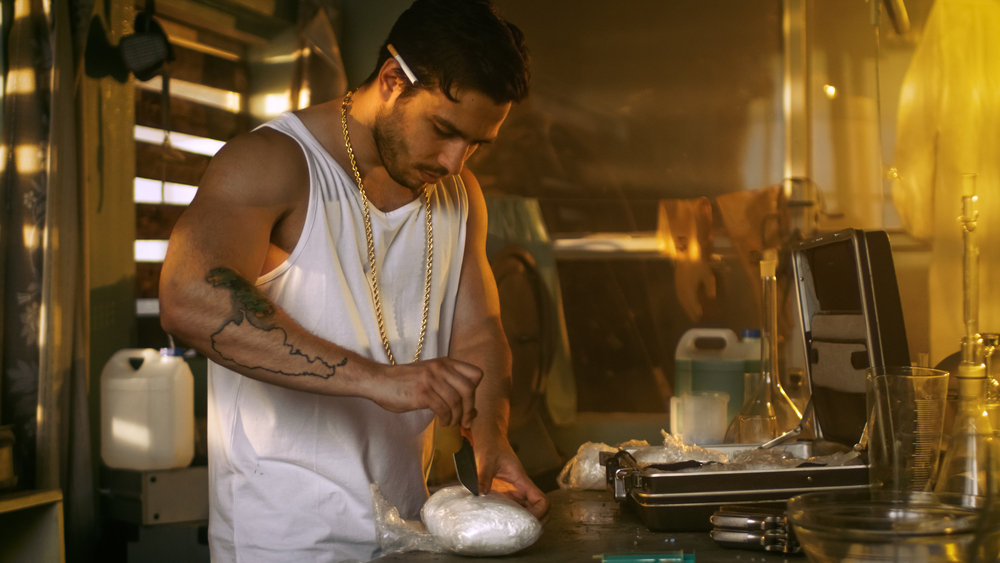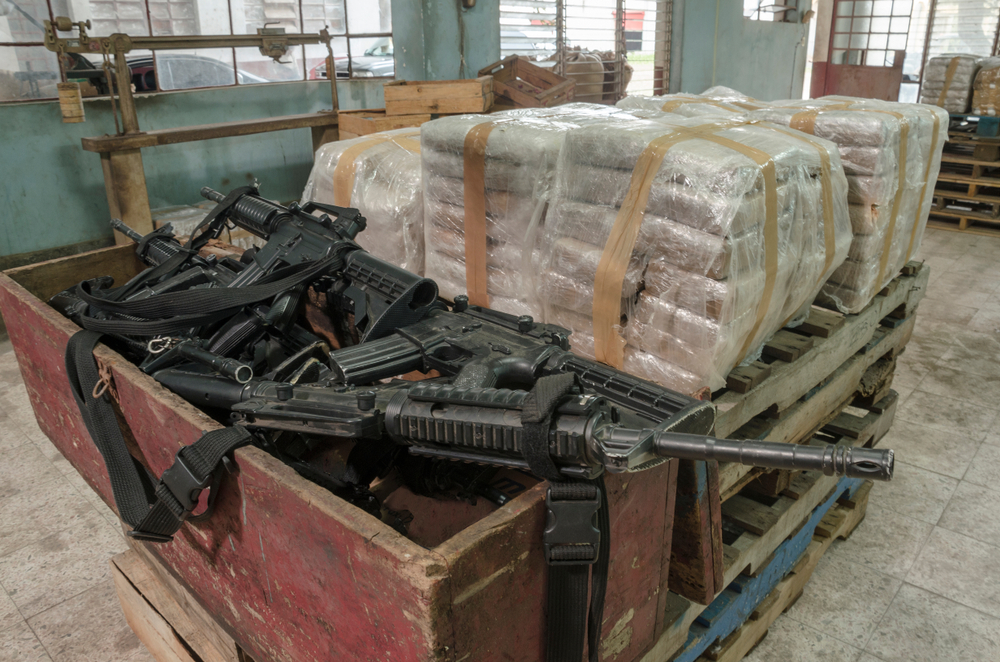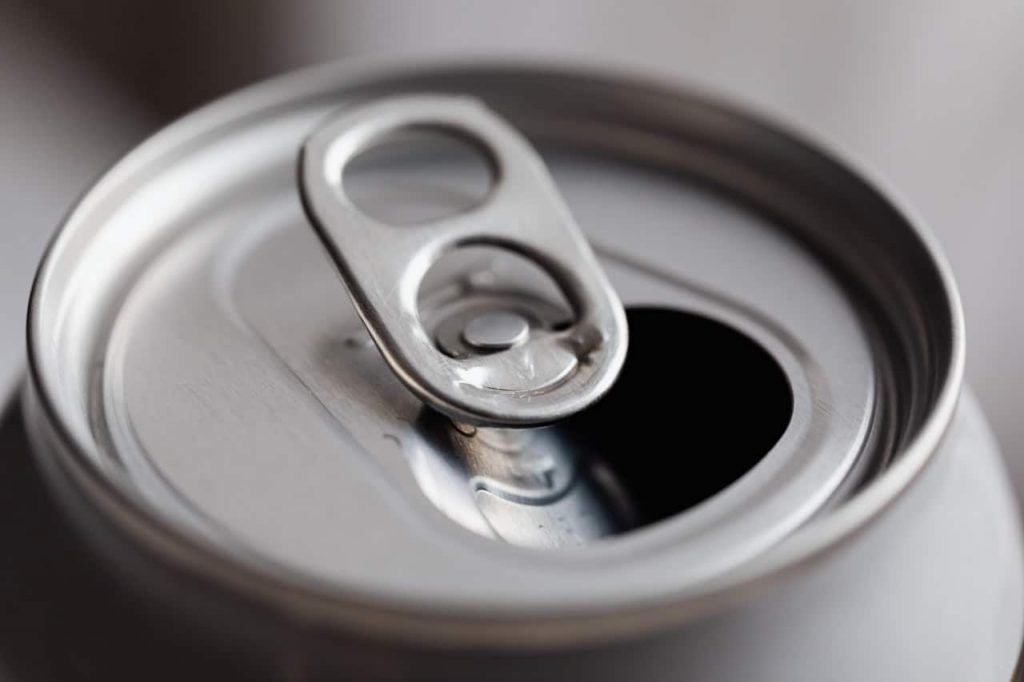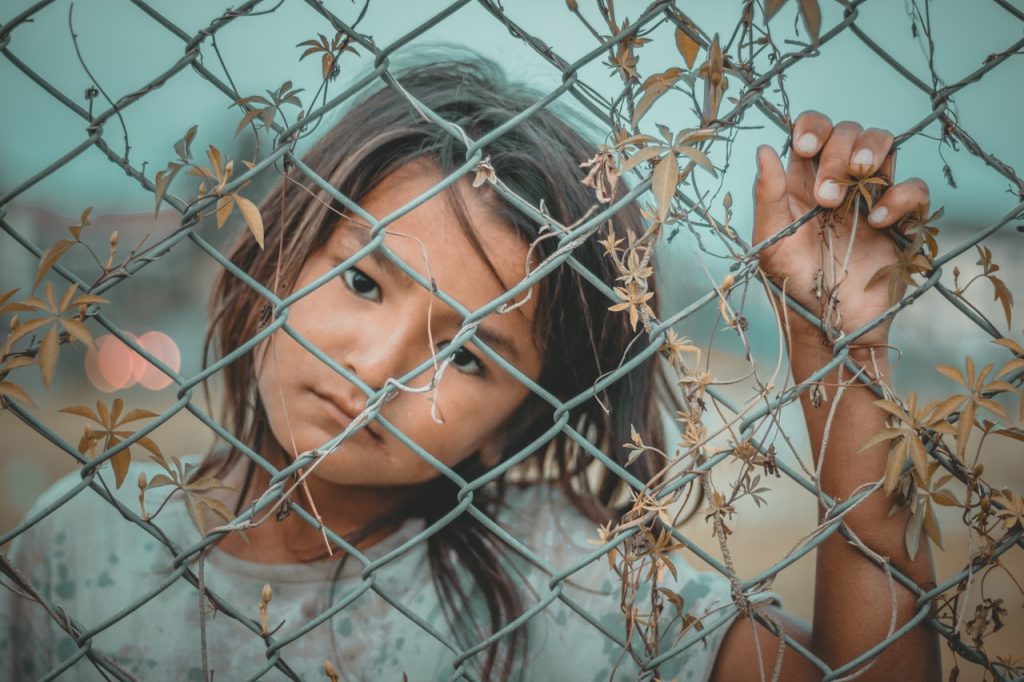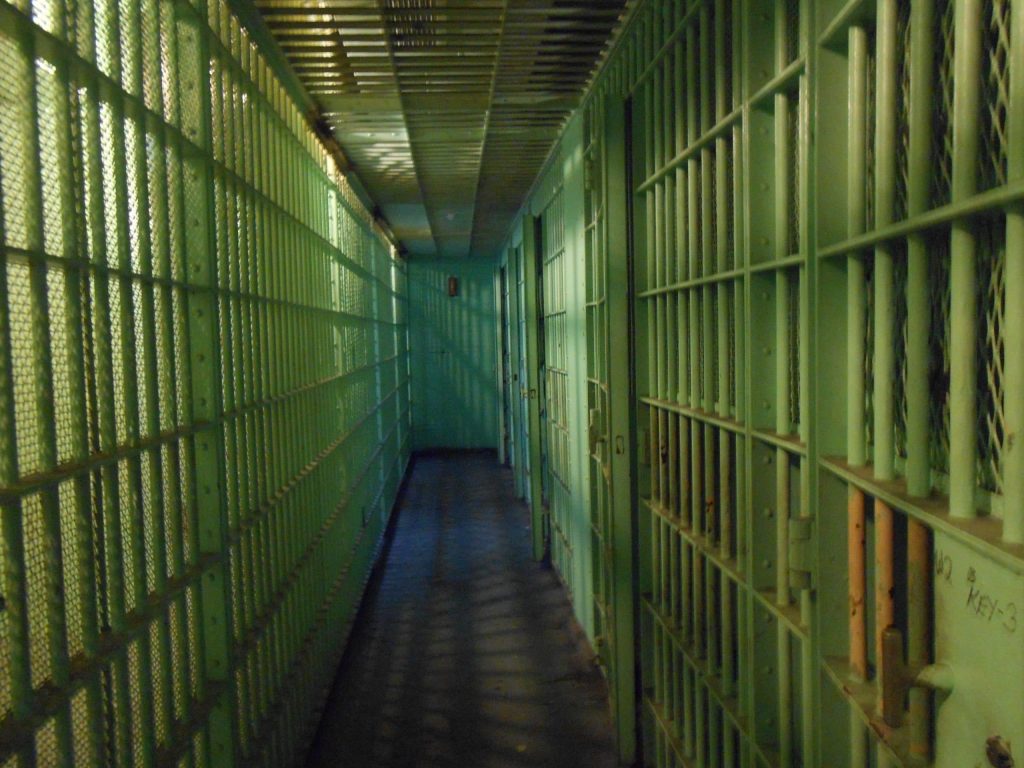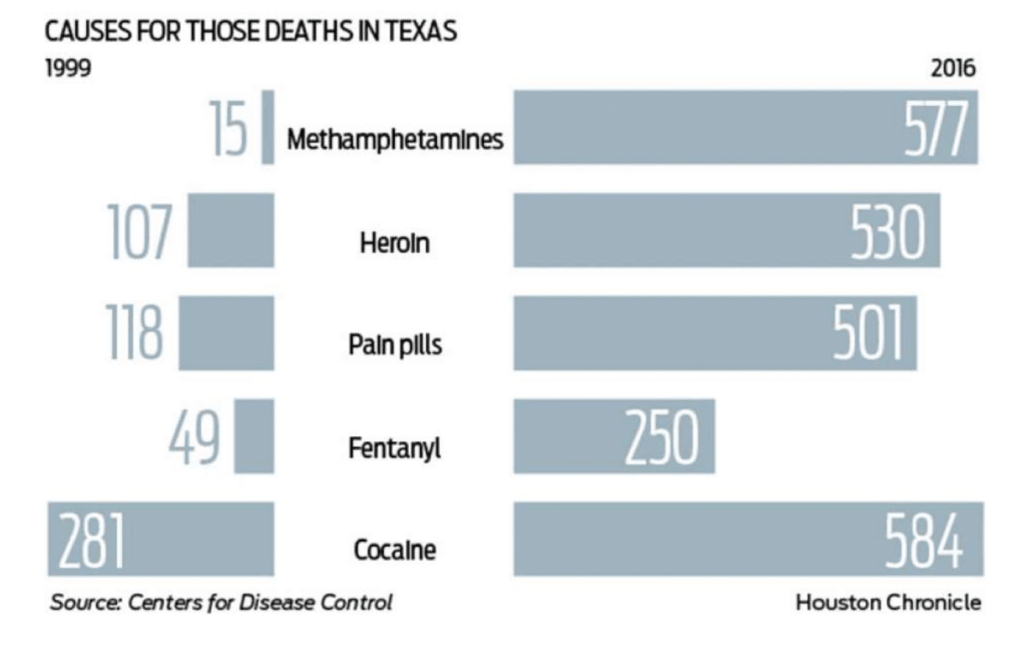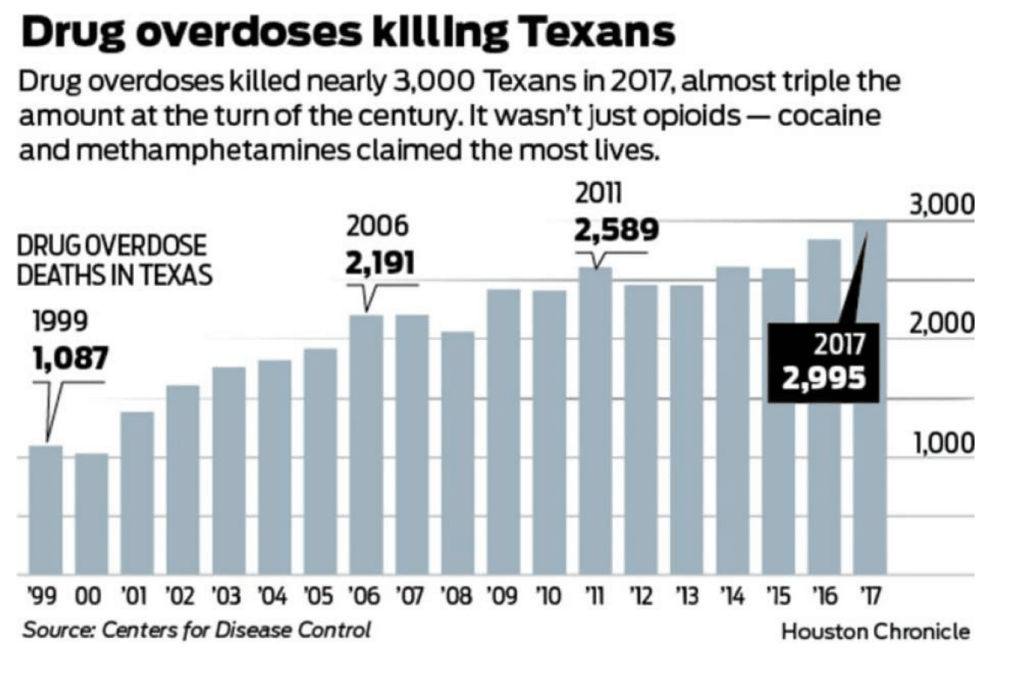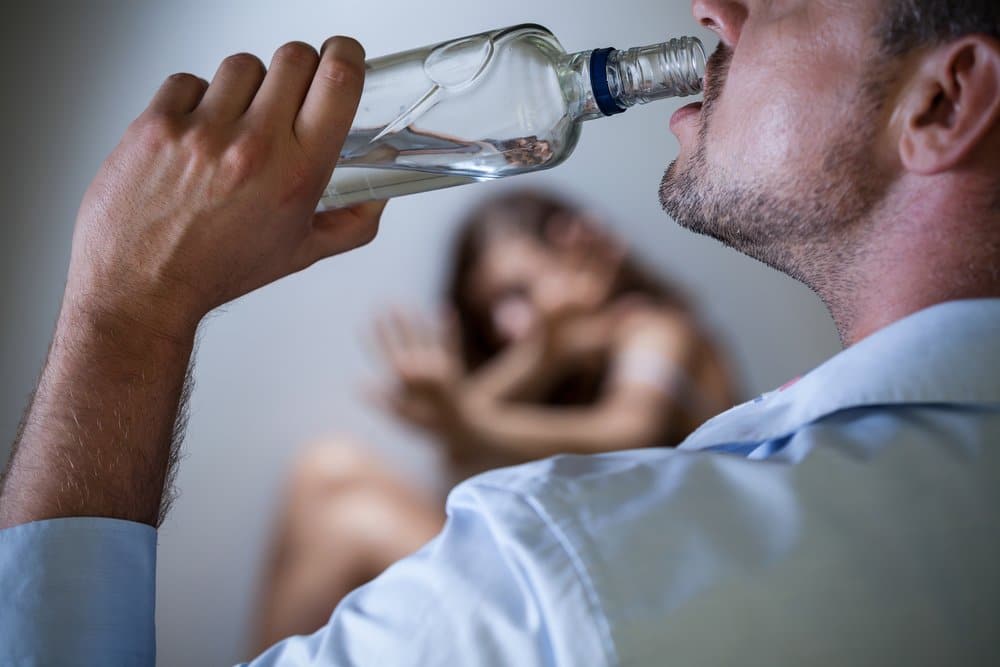Texas Overdose Trend Remains At All-Time High For 2022
Substance abuse harms individuals’ physical, mental, and behavioral health. It also affects their families and communities at large. In some instances, it may result in overdose deaths.
A recent report by the Centers for Disease Control and Prevention revealed that over 4,000 people in Texas died due to drug overdose in 2020 alone. The same report revealed that overdoses claimed a total of 93,000 lives in the United States in 2020.
Experts connected the rise in drug addiction deaths with the COVID-19 pandemic. According to Robert Redfield, the CDC director, the COVID-19 pandemic significantly affected individuals with substance use disorders. The need to isolate left them bored and lonely, thus they used drugs and alcohol for solace.
A report by DSHS revealed that opioid use is one of the leading causes of overdose deaths in Texas. Other drugs reported causing overdose deaths are cocaine and methamphetamine.
Director of CDC’s National Center for Injury Prevention and Control, Deb Houry, said that the significant increase in overdose deaths is worrying.
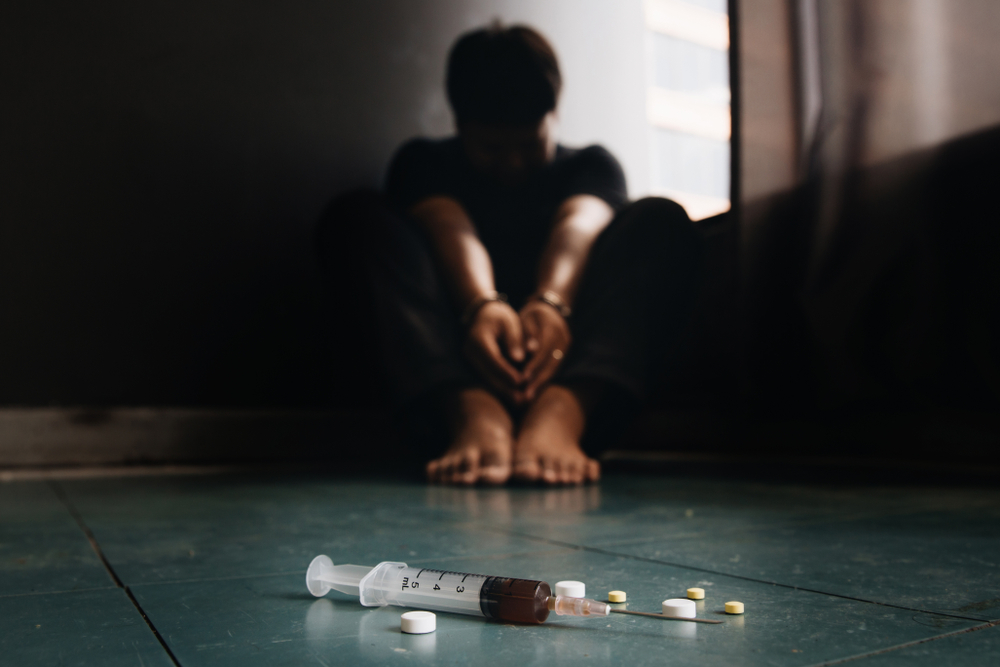
How to prevent drug overdose deaths
Until recently, there was no state-wide system to collect overdose data. Researchers at the University of Texas have created a digital reporting and surveillance system to track this data. The system, commonly known as Project CONNECT. Its purpose is to give stakeholders a clear picture of the Texas overdose crisis and influence future interventions.
The CDC also made the following recommendations in a bid to reduce the number of overdose deaths:
- Early intervention with individuals who are at risk of overdose.
- Educate people on overdose prevention.
- Expand access and distribution of naloxone, the nasal spray that reverses overdose effects.
- Improve overdose outbreak detection and respond effectively.
What you can do
Everyone has a role to play in preventing overdose deaths. There is a high chance that someone you know or someone from your community may overdose at some point, but not all overdoses should end in death.
To prevent overdose deaths in your community, you can:
- Educate yourself on the effects of various drugs and the risk of overdose.
- Help people who are struggling with addiction to seek treatment.
- Learn about naloxone and how to use it. This will come in handy when you witness an overdose.
- Teach your loved ones about the effects of drug abuse and the possibility of overdose.
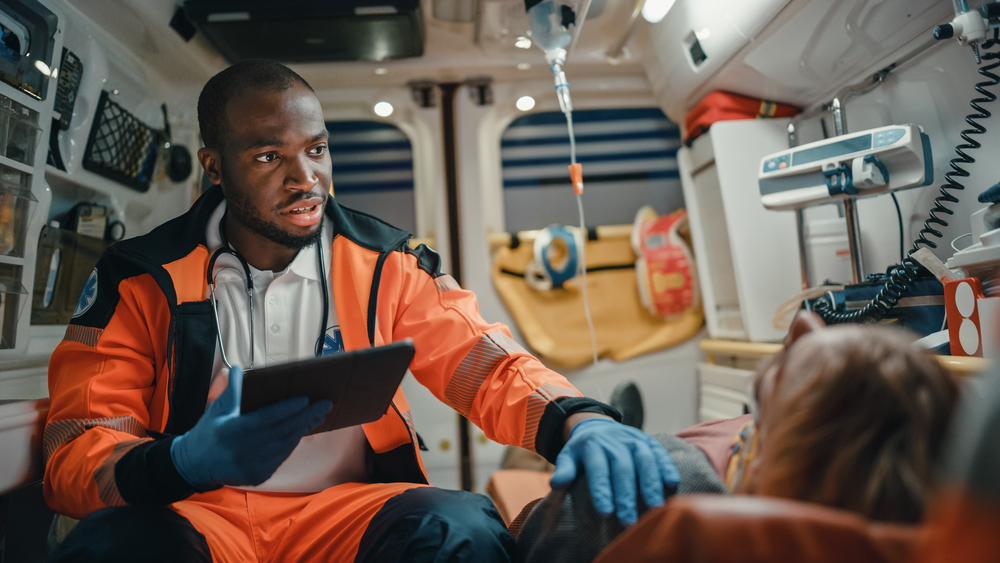
Ways to talk loved ones into getting treatment
When a loved one is struggling with an addiction, you may be at a loss on what to do to help them. You wouldn’t want to risk losing anyone due to a drug overdose.
Addiction treatment is a personal choice, so you can’t force your loved one to get treatment. The best you can do is be there for them every step of the way. However, you can do a few things to convince your loved one to get substance abuse treatment. Here are some of the most important ones.
Be non-judgemental
If your loved one admits that they are struggling with drug addiction, try to react as calmly as possible. Talk to them in a non-judgemental manner and offer to help them. If your loved one doesn’t confide in you, but you notice they are addicted to drugs or alcohol, you may have to approach them with the issue. Try to be as non-judgemental as possible.
Research the effects of the drug
When your loved one is an addict, it would be best to research the short-term and long-term effects of the drug they are addicted to. When you are well informed, it is unlikely that they will misinform you on the seriousness of the problem. Additionally, they will more likely listen to you when you sound like an expert.
You can get information on various drugs on our website.
Seek professional help
Drug addiction is a chronic illness. Therefore, it needs professional intervention. Reach out to rehab facilities, doctors, or counselors to get relevant information.
Choose a convenient place and time to talk to them
When you decide to approach your loved one to air your concerns, choose a place and time when you would both be comfortable. Do not exhibit aggressive behavior as they may be defensive as a result. Instead, remain calm, maintain an even tone, and focus on the issue at hand.
It would be best to try talking to them when they are as sober as possible. This way, it will be easier to reason with them.
Listen to them
If your loved one is willing to talk about their addiction, listen to them. Give them a chance to air their side of the story, but don’t let them sway you into believing their problem is not serious. Additionally, it would be best to be mindful of how you react or respond.

Bring up treatment options
From your initial research, you will notice several treatment options available depending on the drug your loved one is addicted to. Some treatment facilities offer both inpatient and outpatient programs. Let your loved ones know their options and help them select the one that suits them best.
Be supportive
Your loved one will need a lot of your support throughout the treatment and recovery process.
Most treatment programs have medical detox as the first step of treatment. It is arguably the most challenging part of treatment, and most patients feel like they want to give up. Be there for your loved one and offer emotional support to better their chances of recovery.
You may also have to accompany them to support groups which play a significant role in ensuring recovering addicts maintain sobriety.
What if they don’t want to get treatment?
Sometimes, addicts may refuse to voluntarily get treatment, posing a danger to themselves and those around them. When this happens, you may have to opt for interventionist court-ordered Rehab. You can petition the court for the order if you can prove your loved one’s addiction endangers them and others.
Get help today
If you are searching for trusted and proven drug treatment, Texas has one of the finest. More Than Rehab provides high-quality addiction treatment for Texas residents. We offer unique, individualized treatment programs based on successful national models.
Our experts will take care of your loved one throughout the recovery process, including medical detox, inpatient rehabilitation, and our comprehensive outpatient program. We also provide additional support for Texas overdose victims through sober living arrangements.

